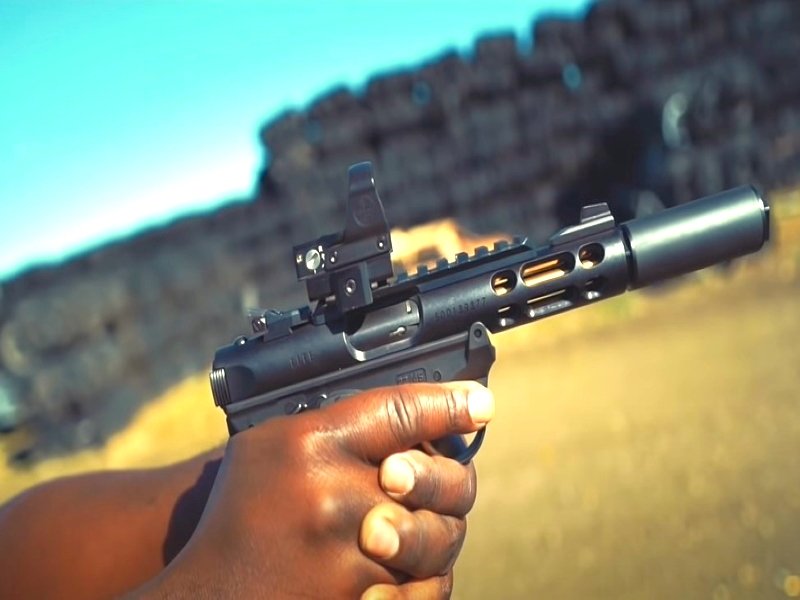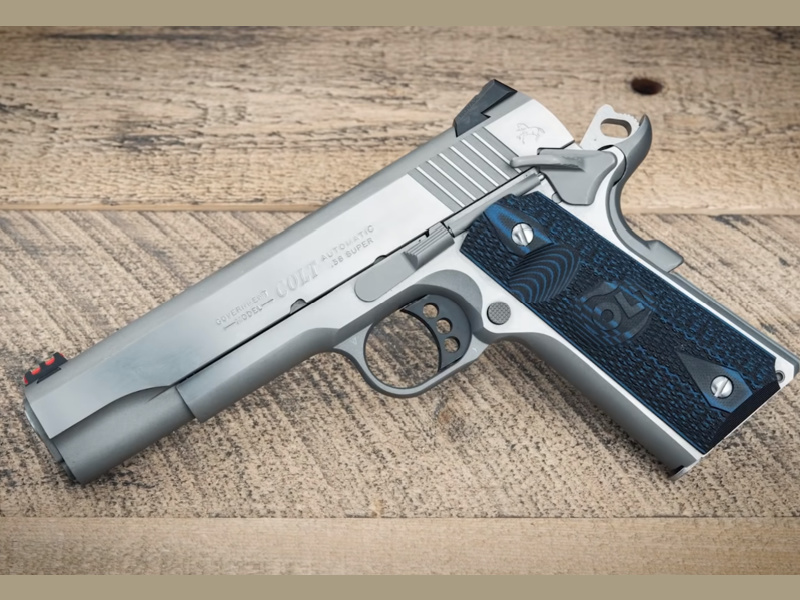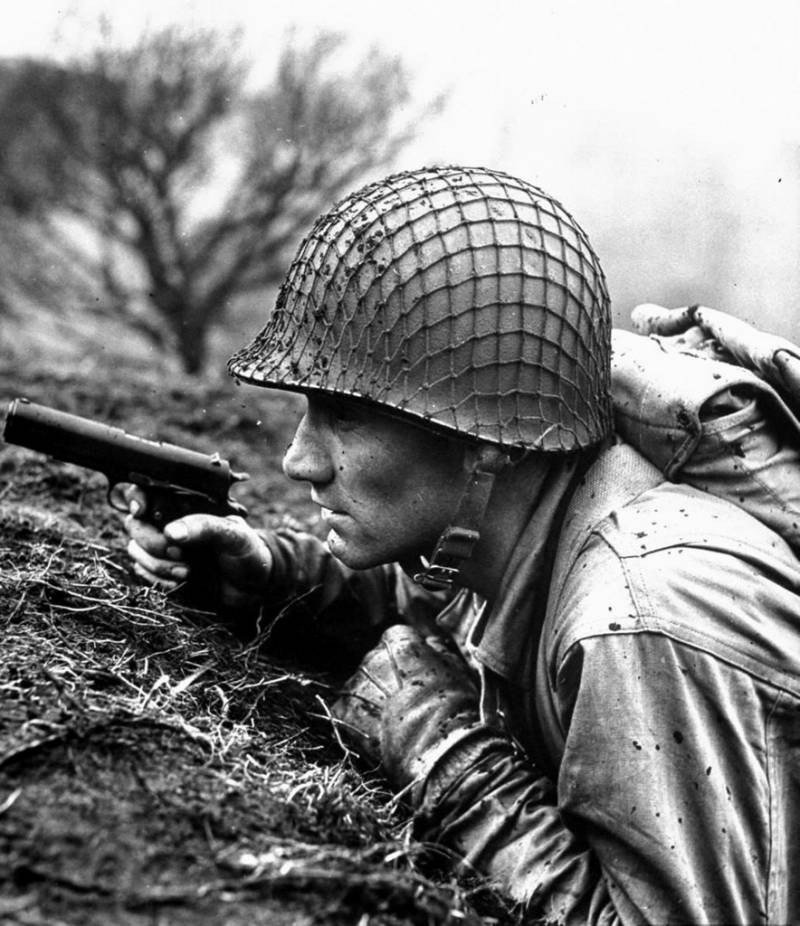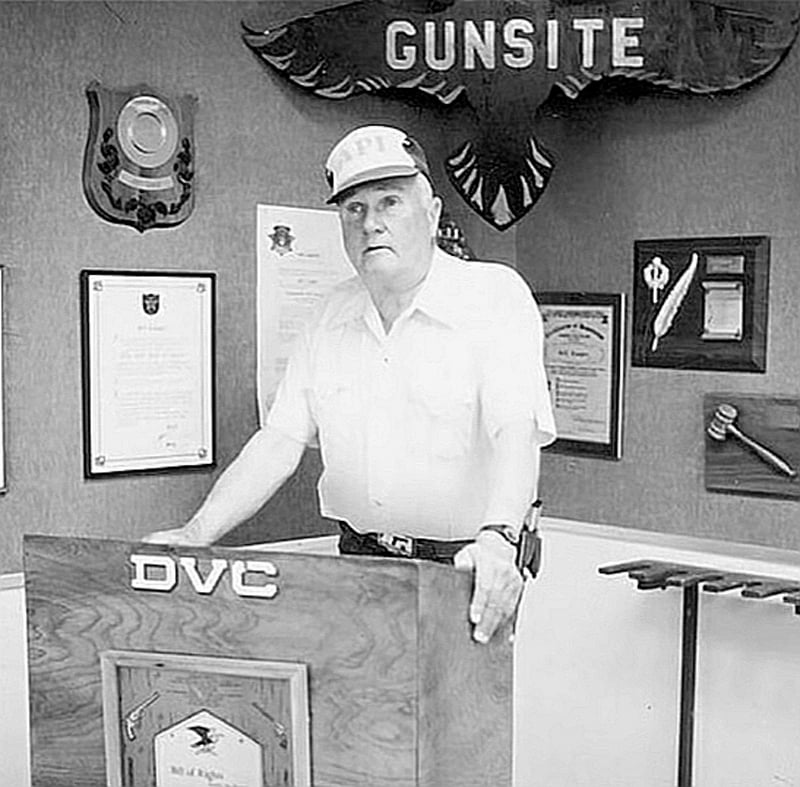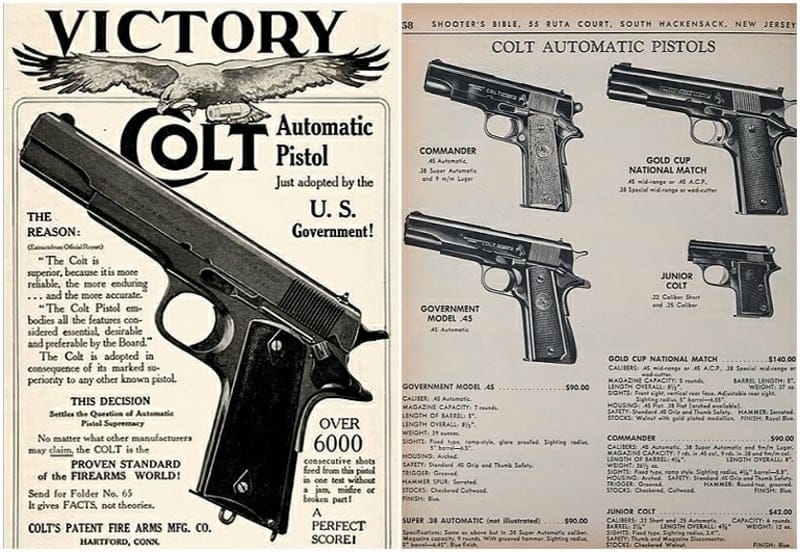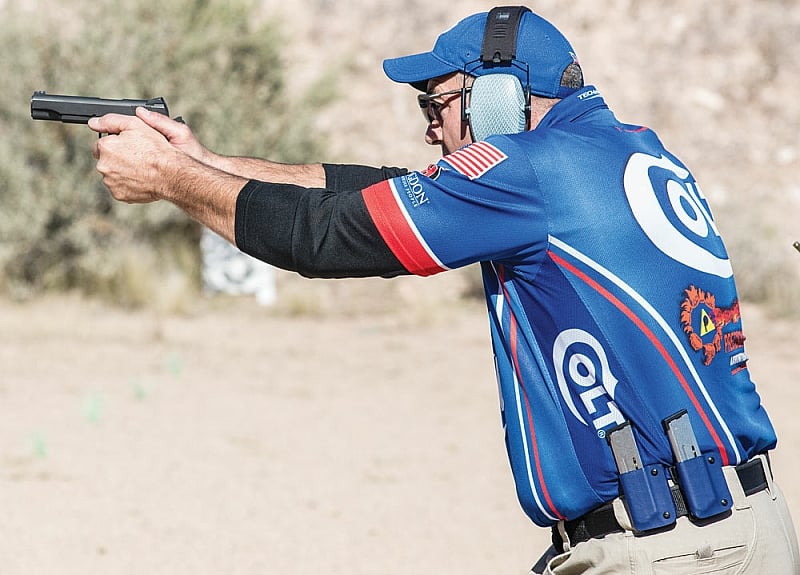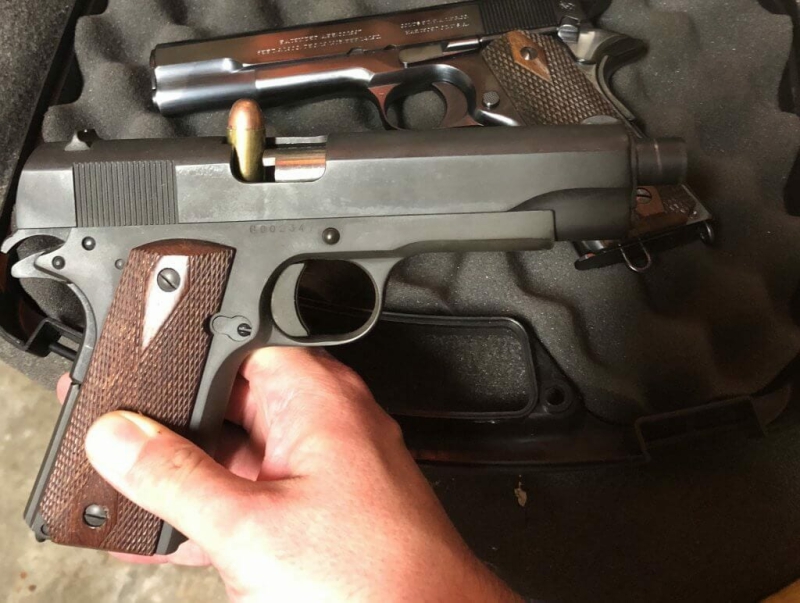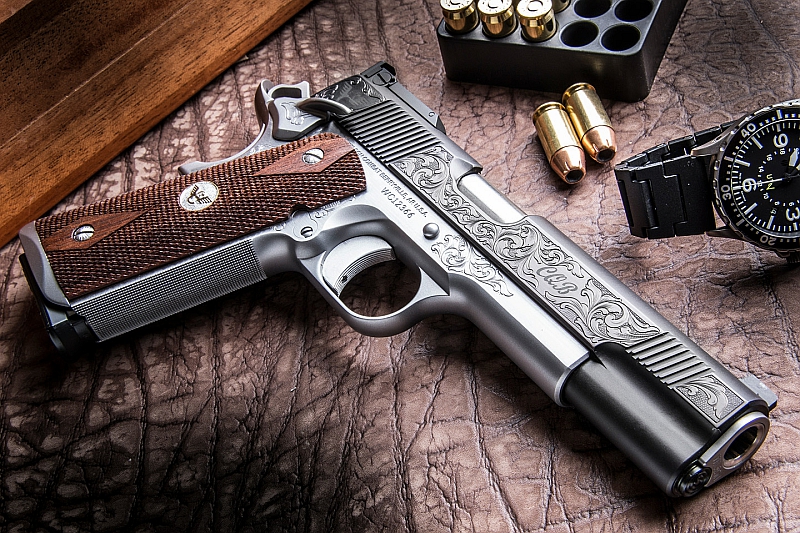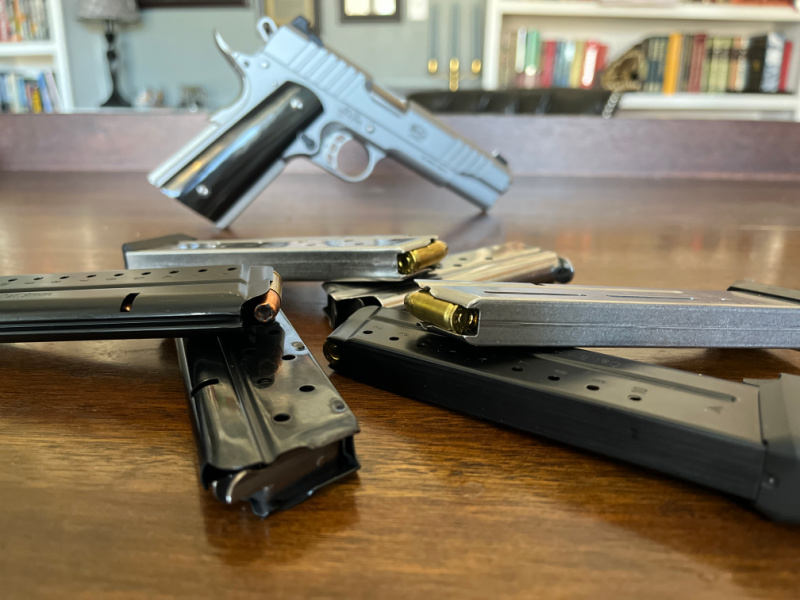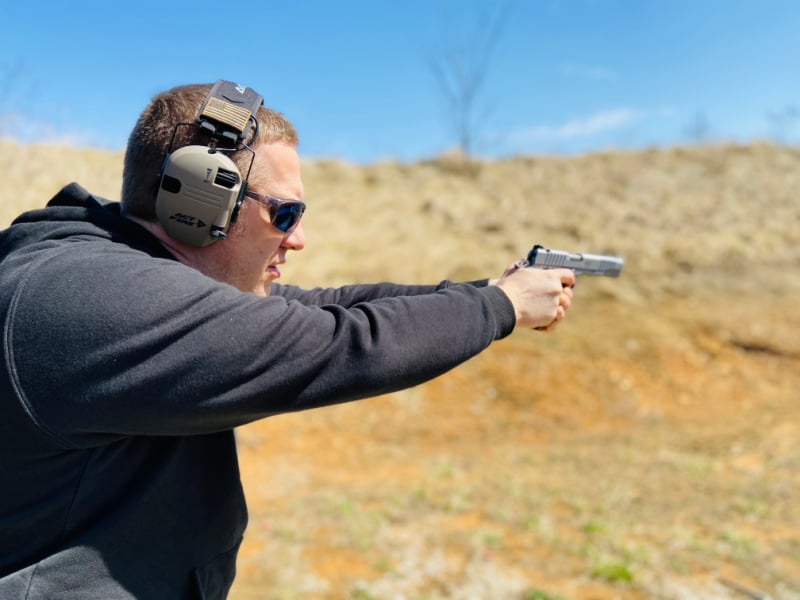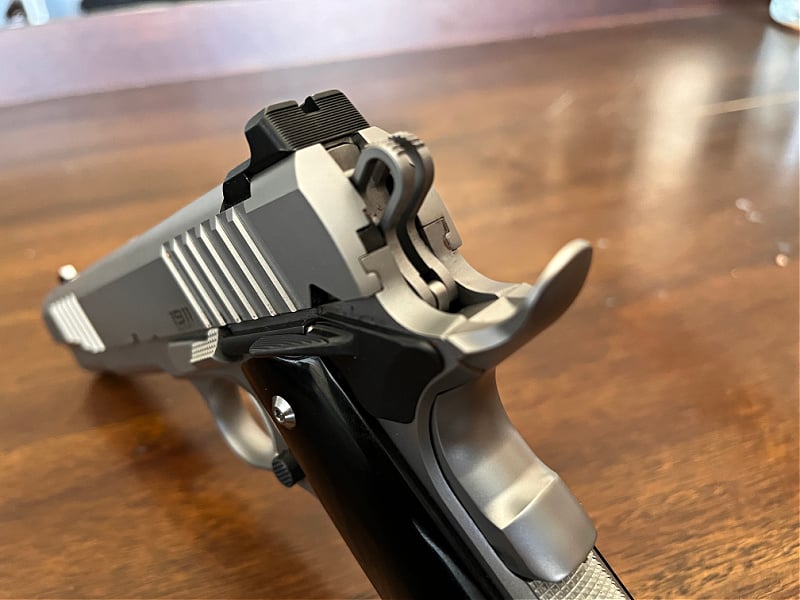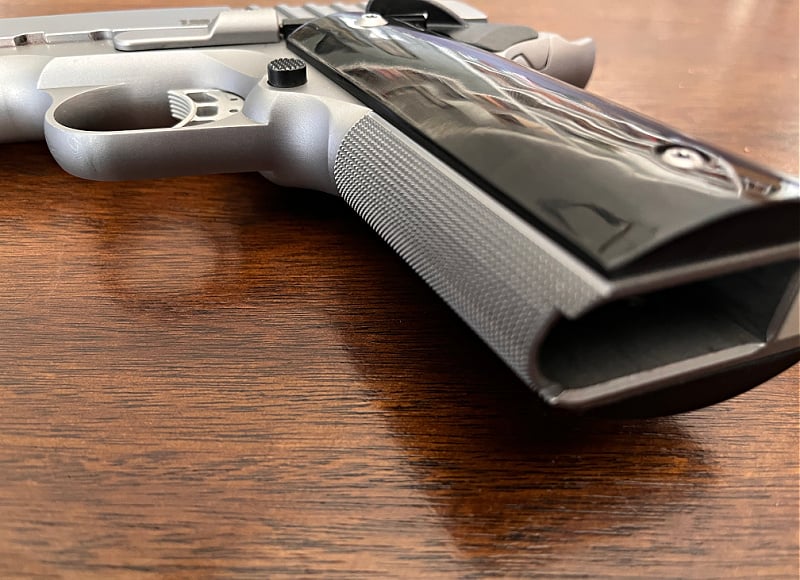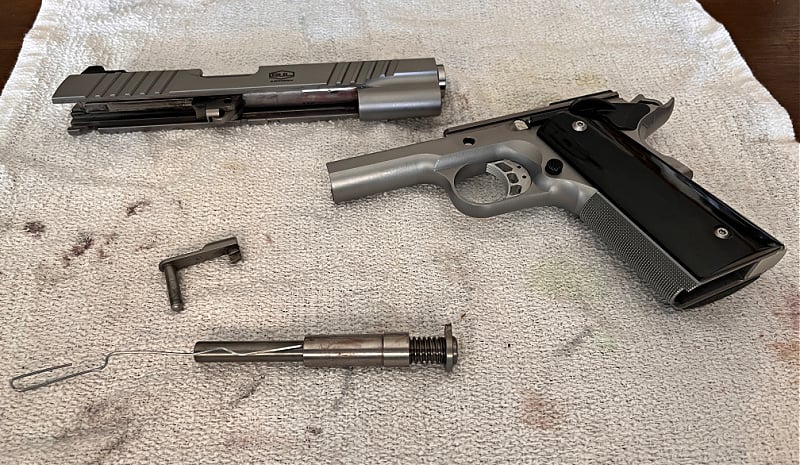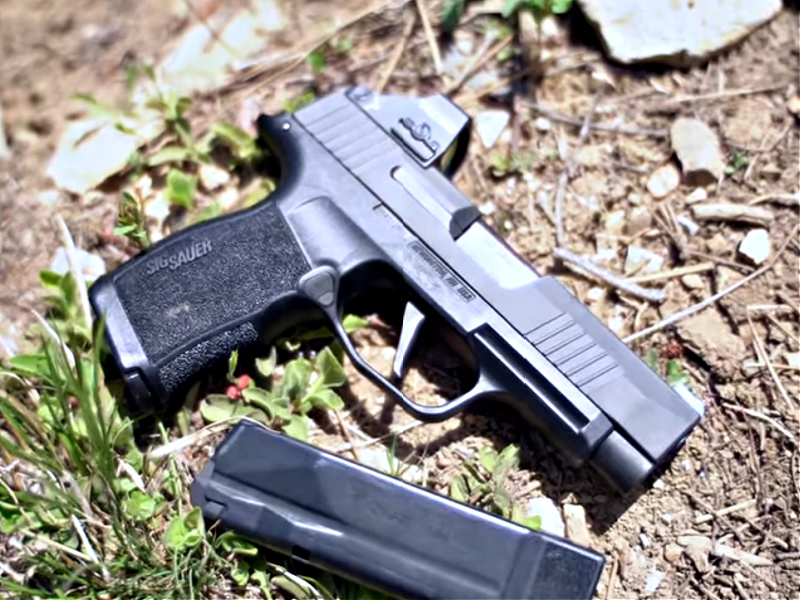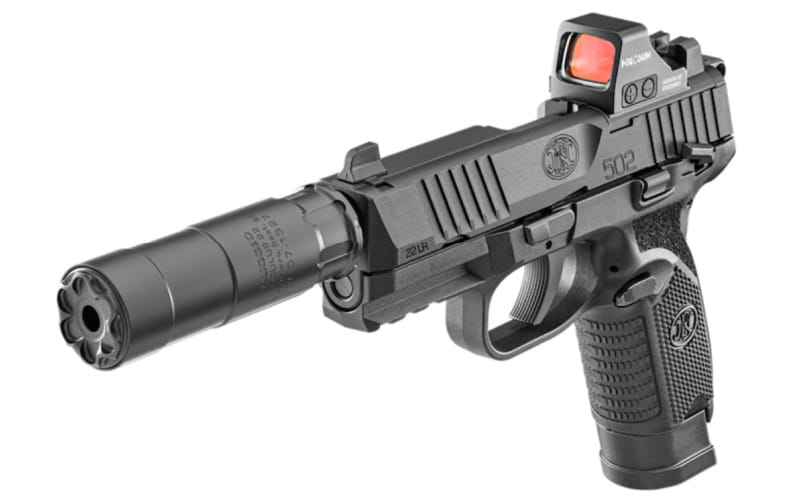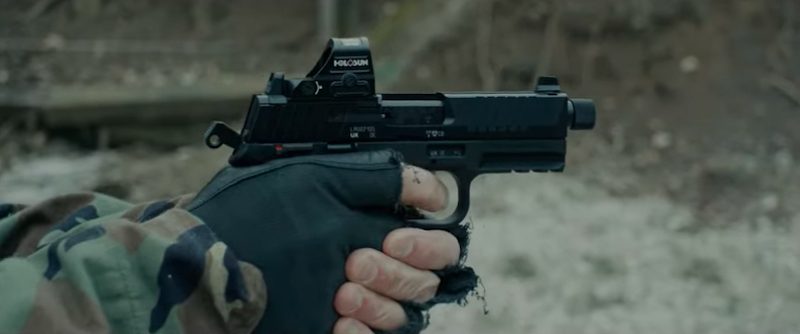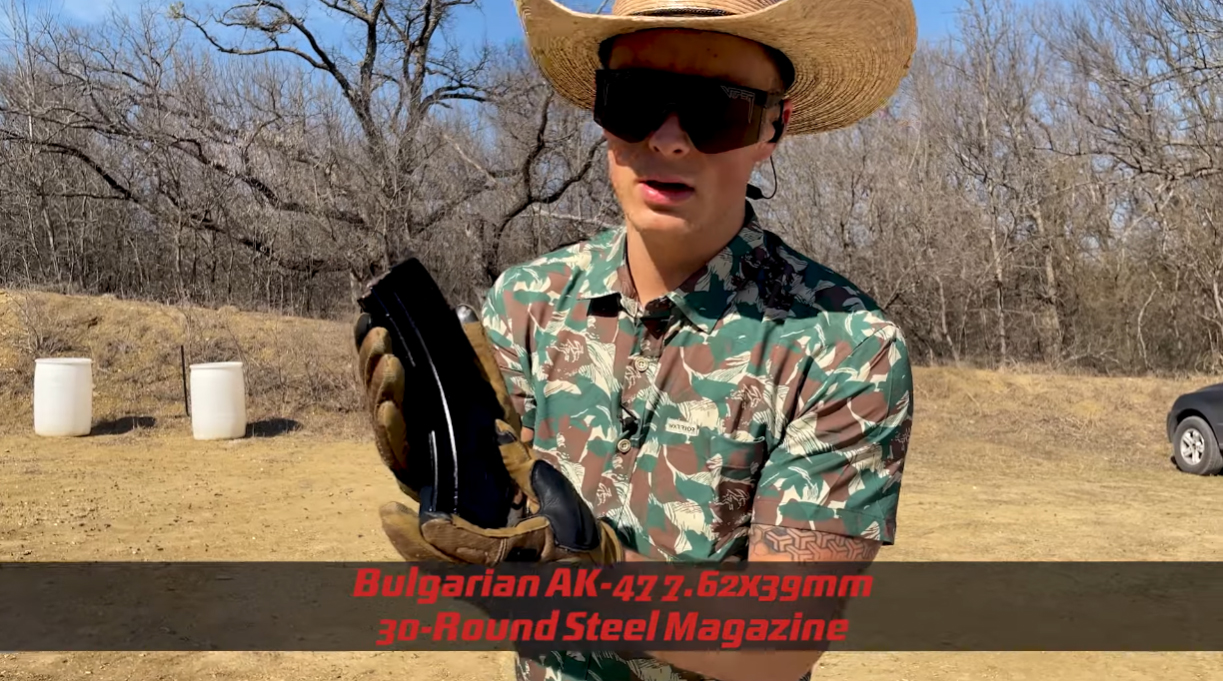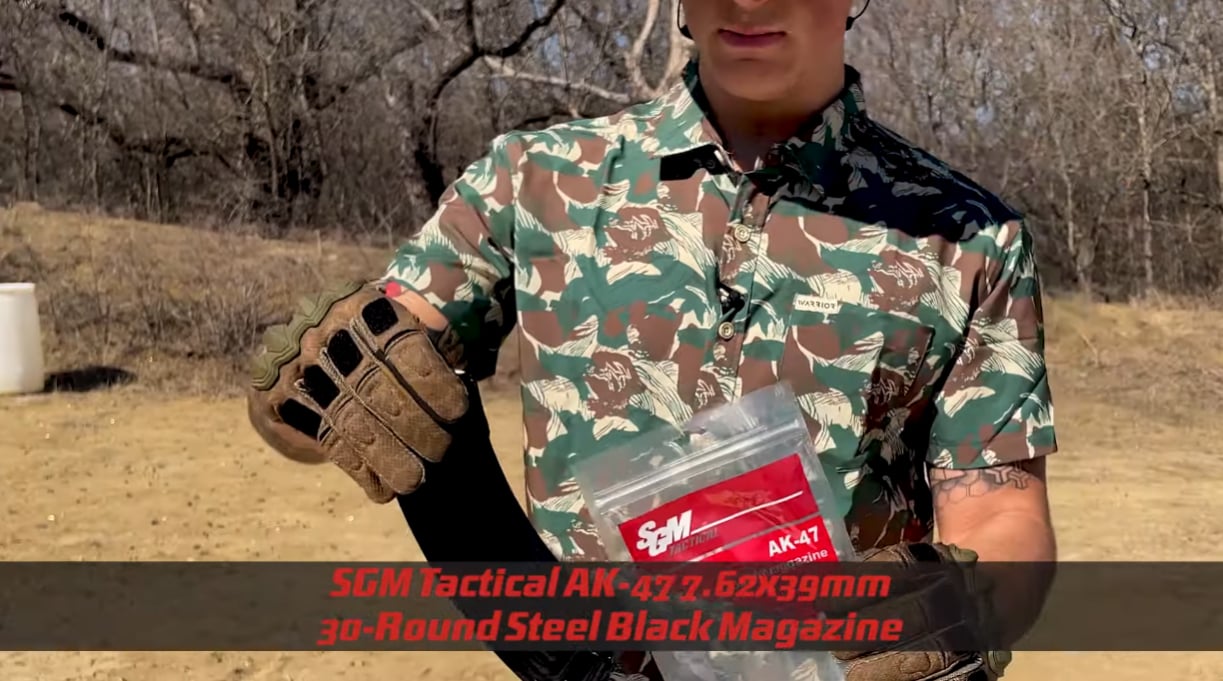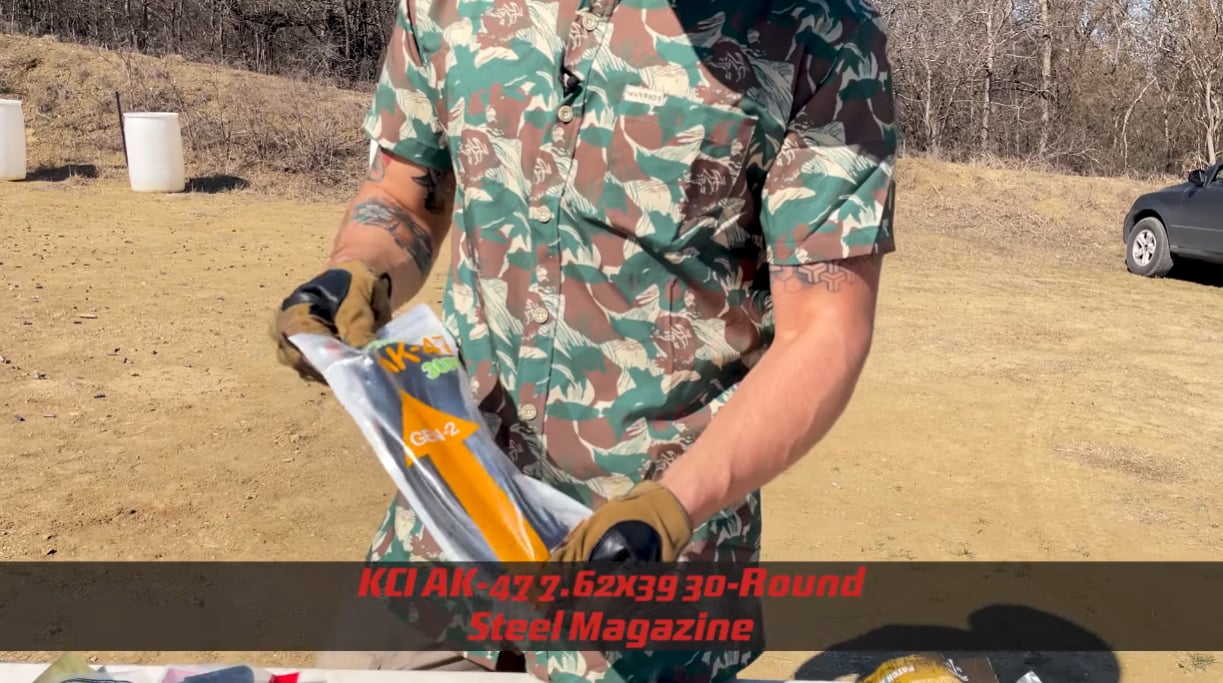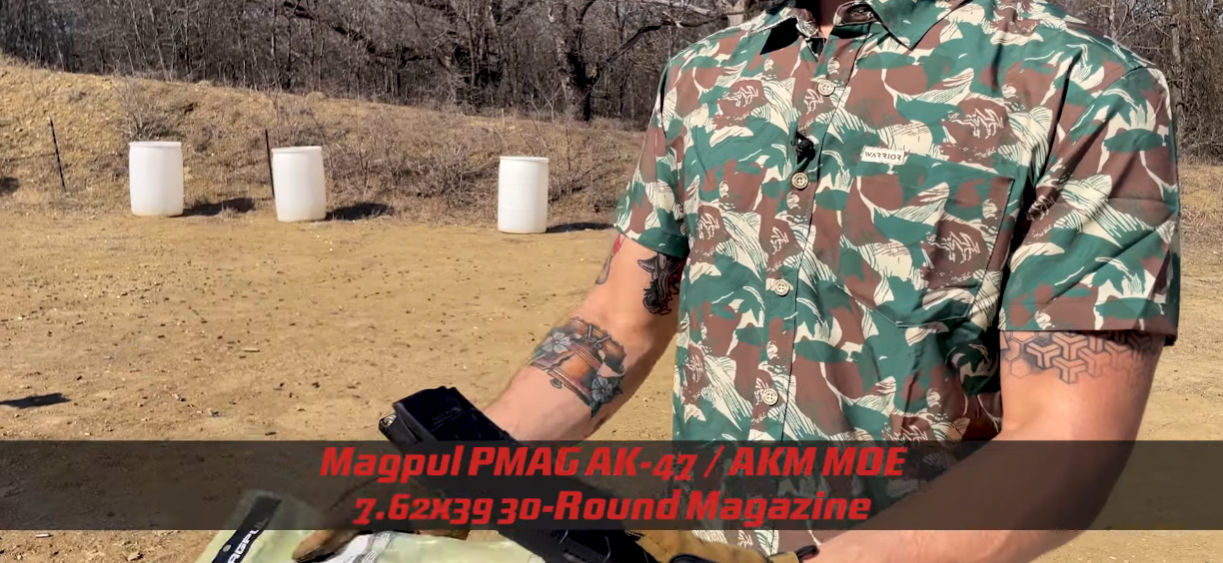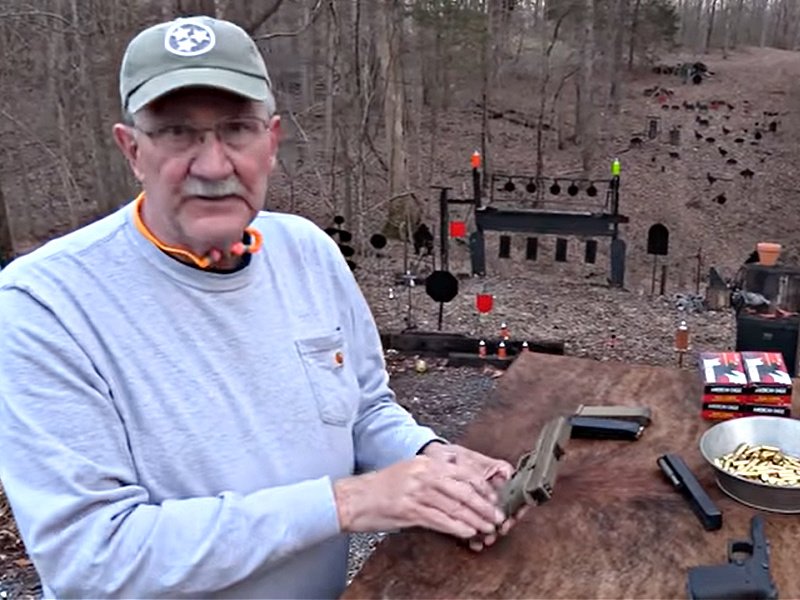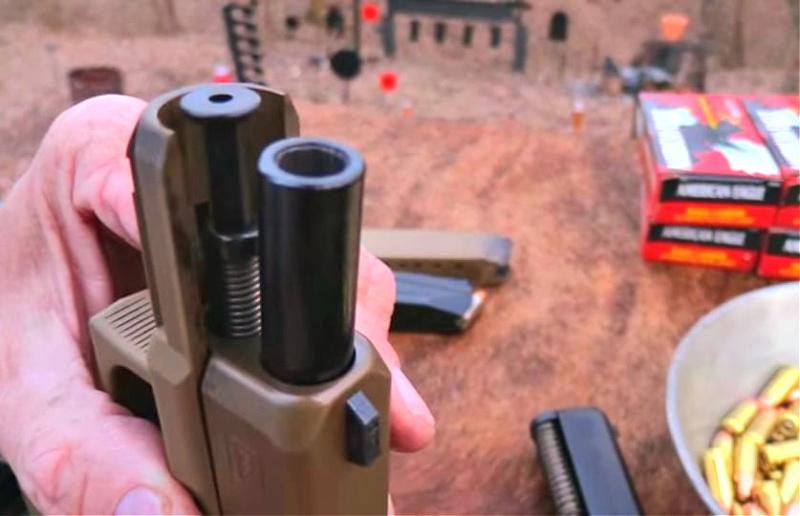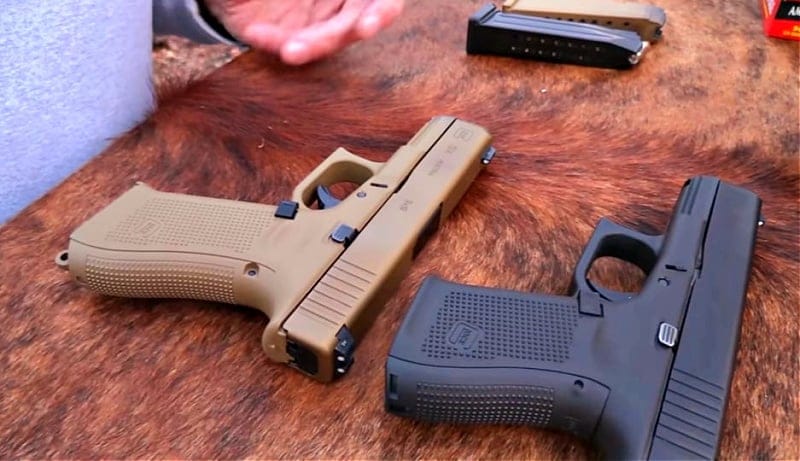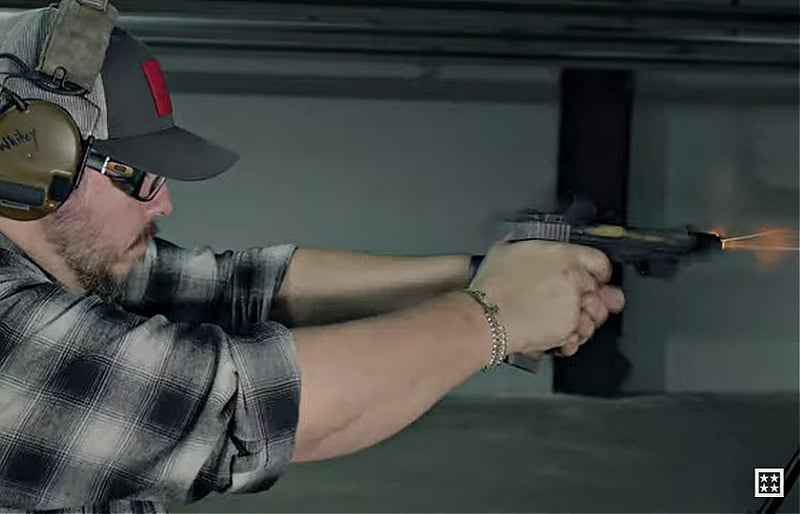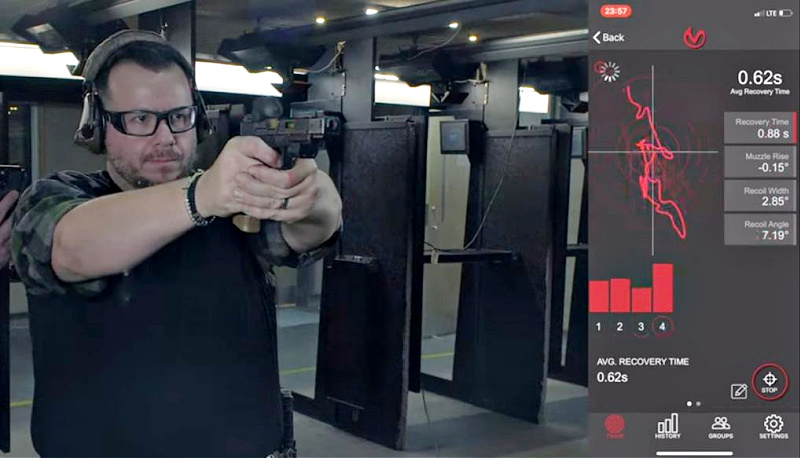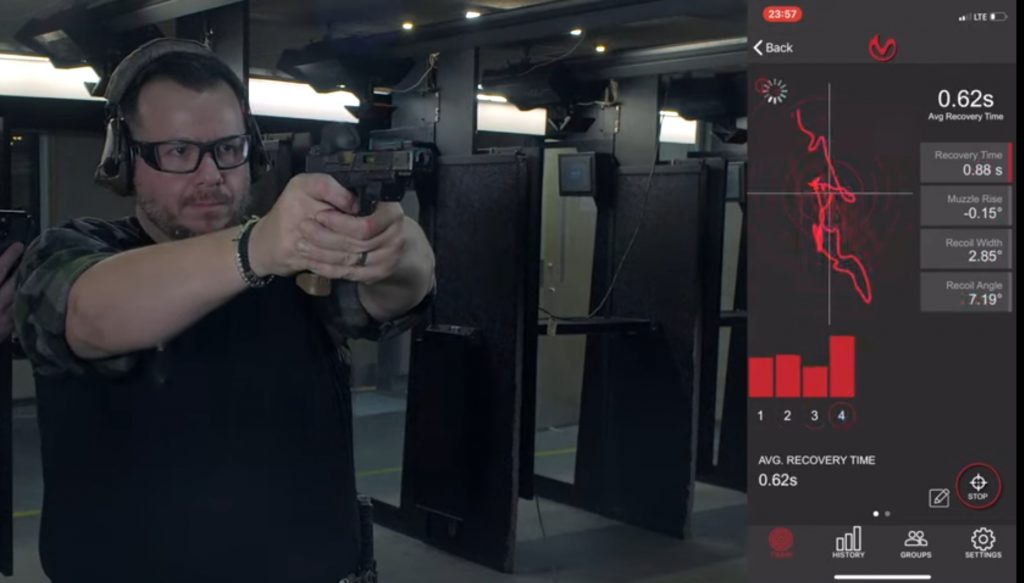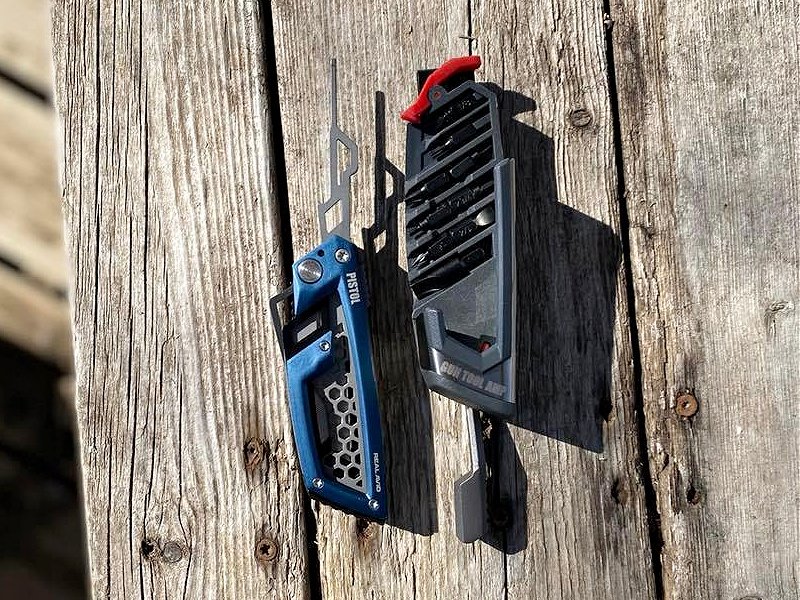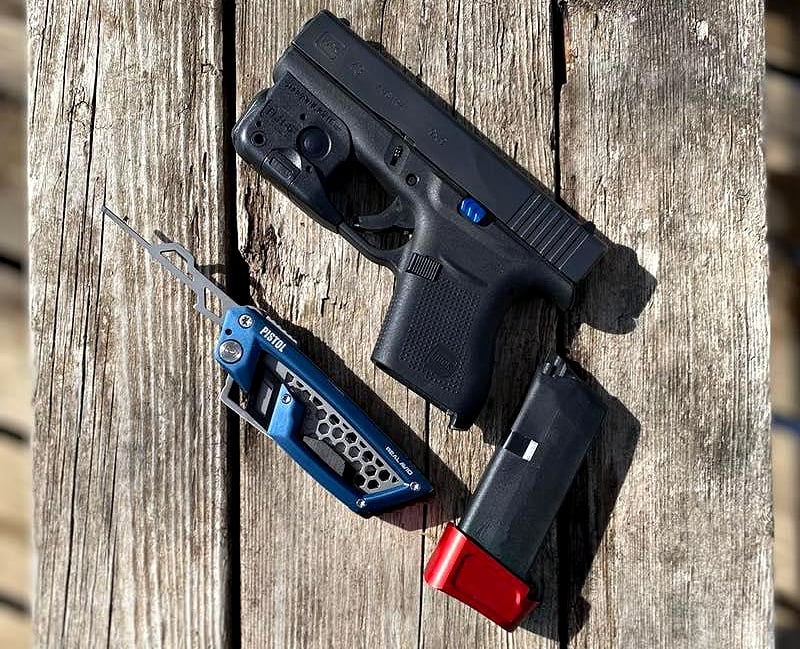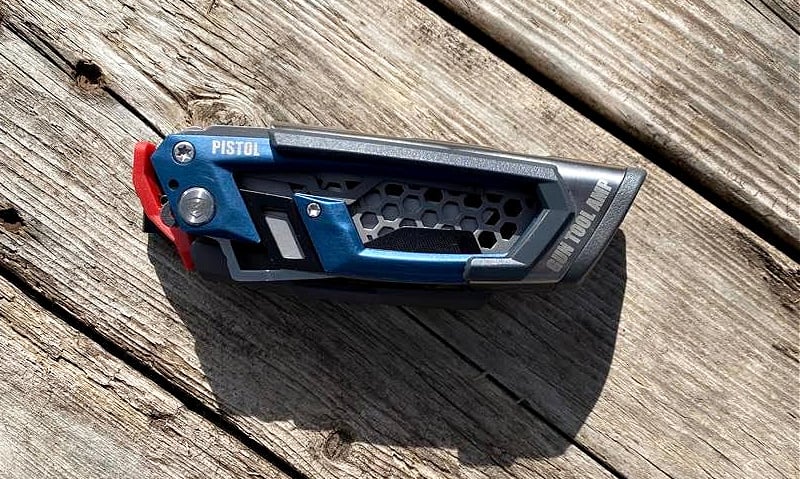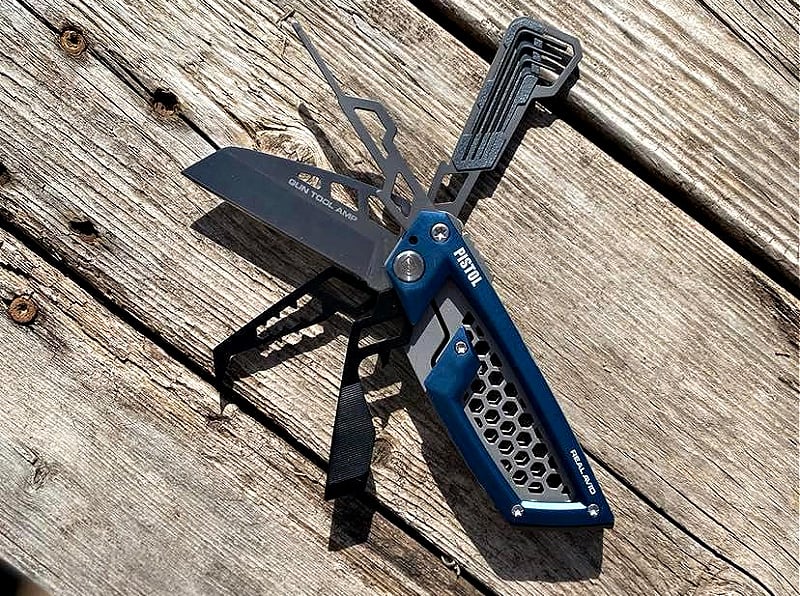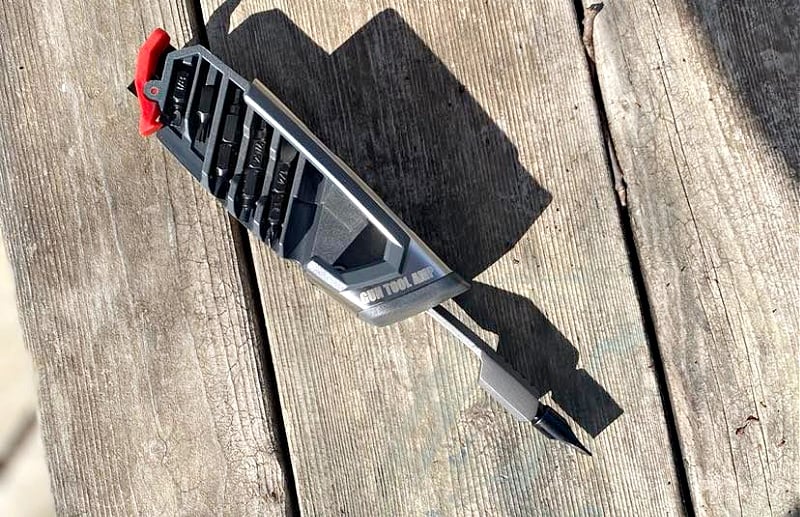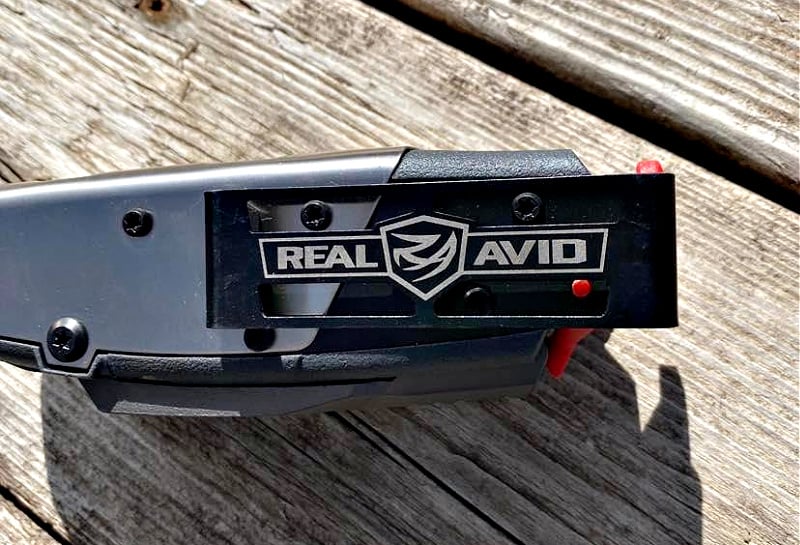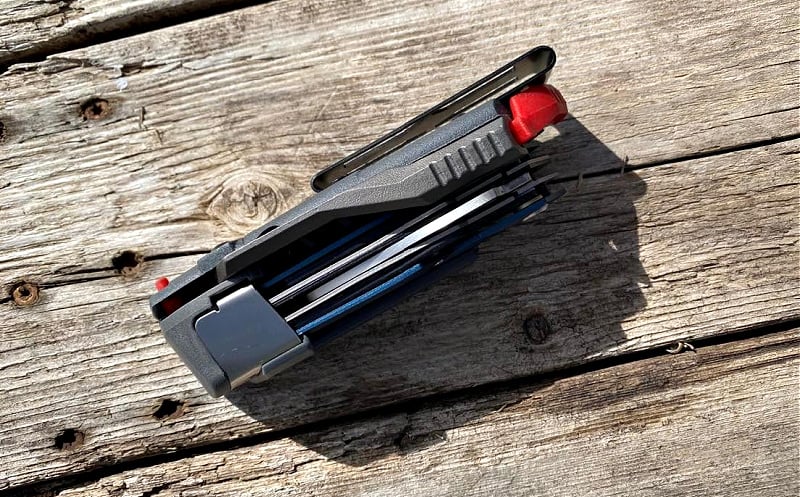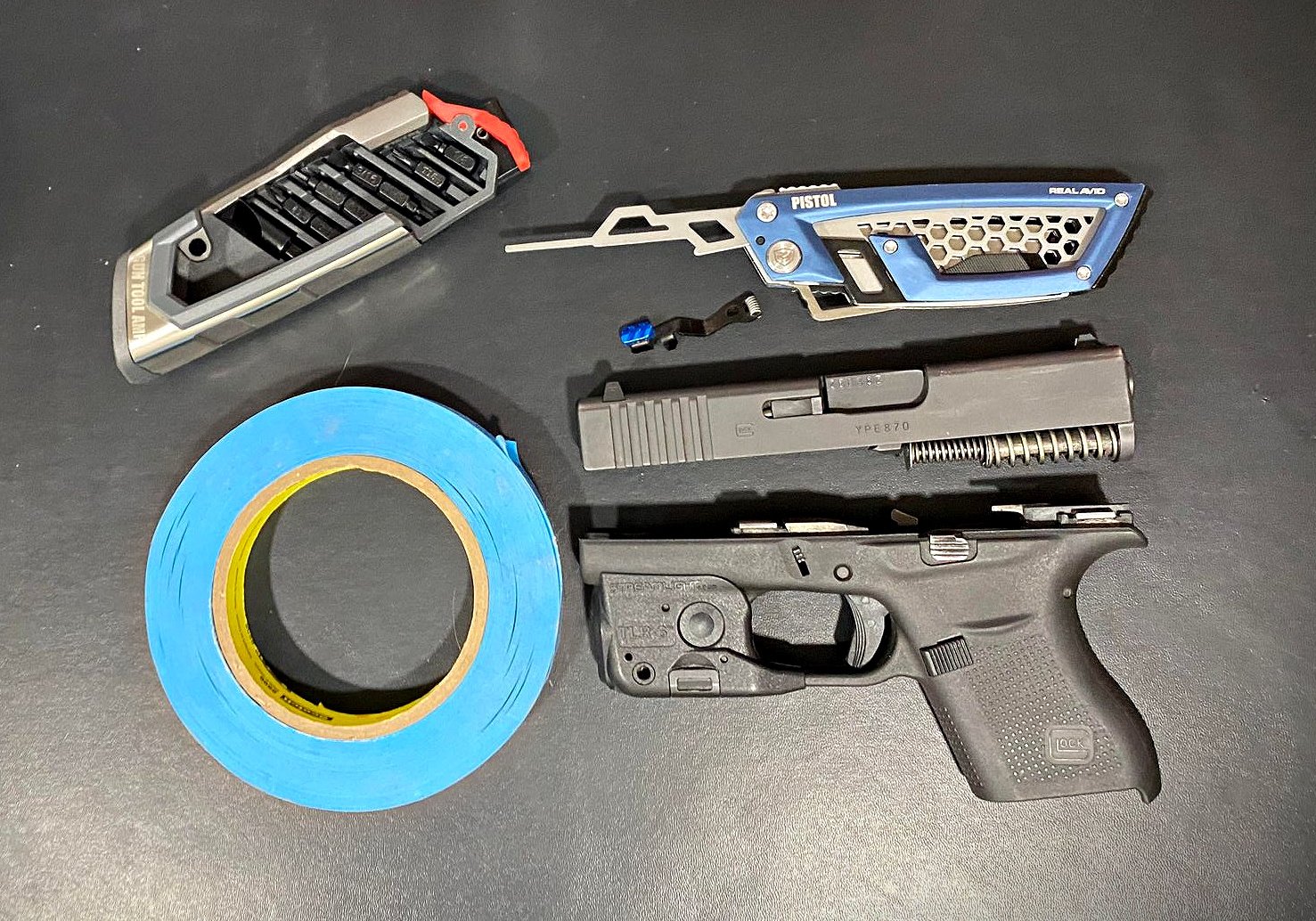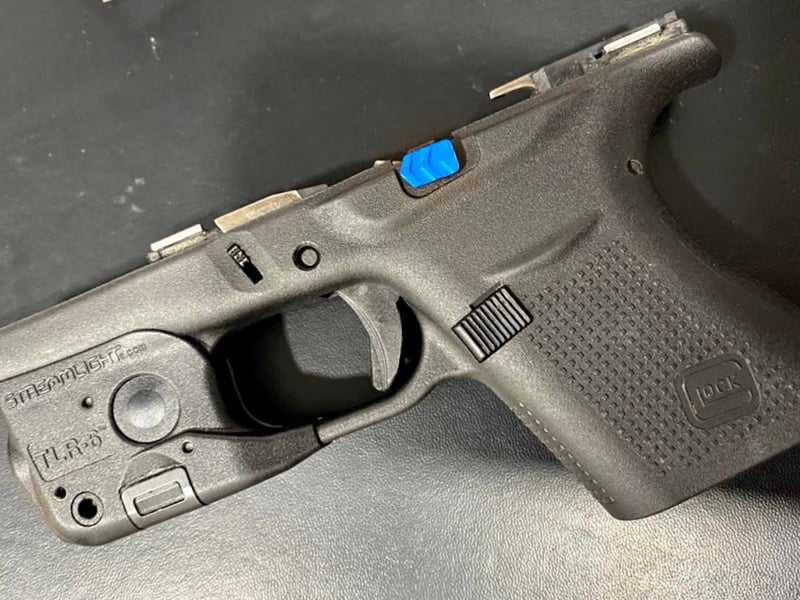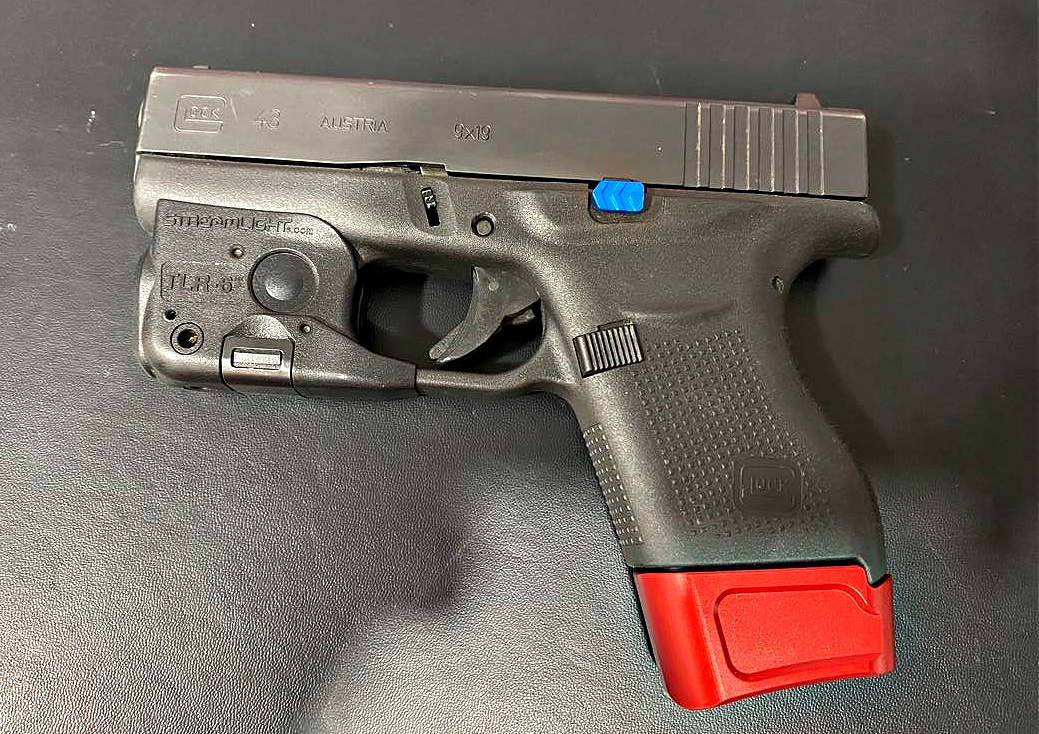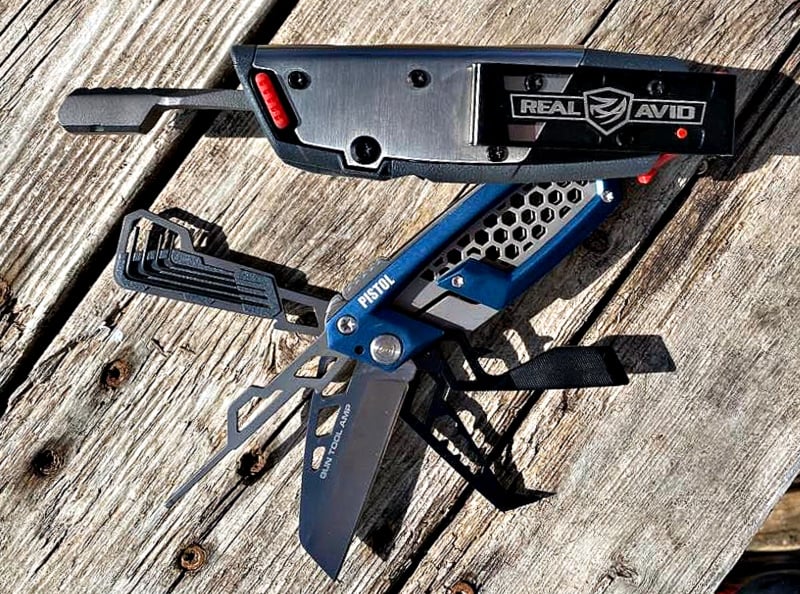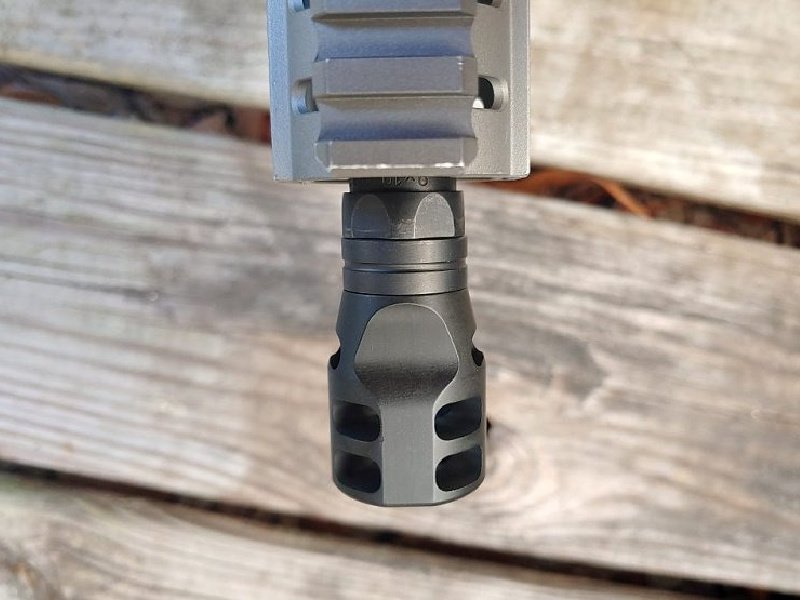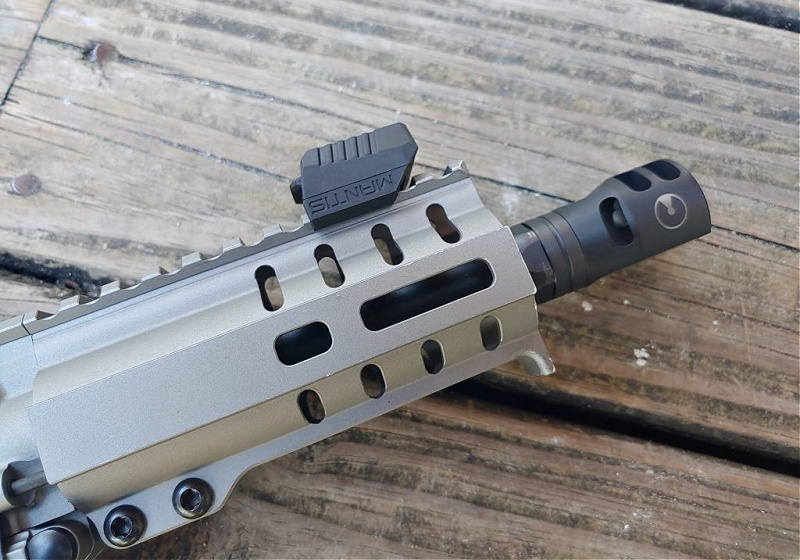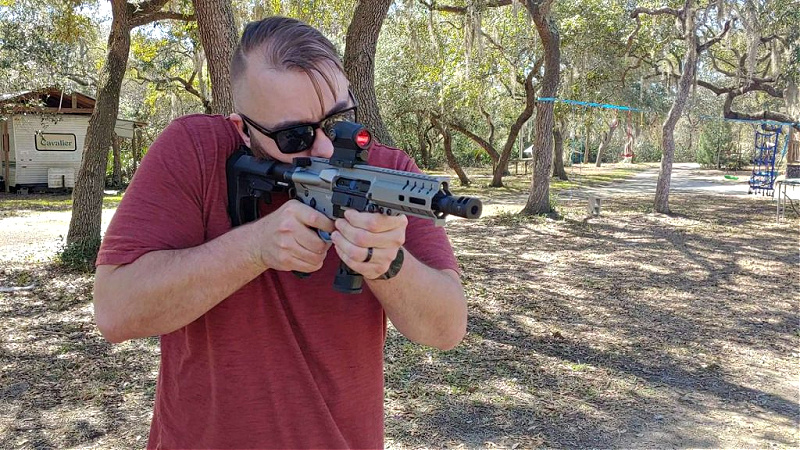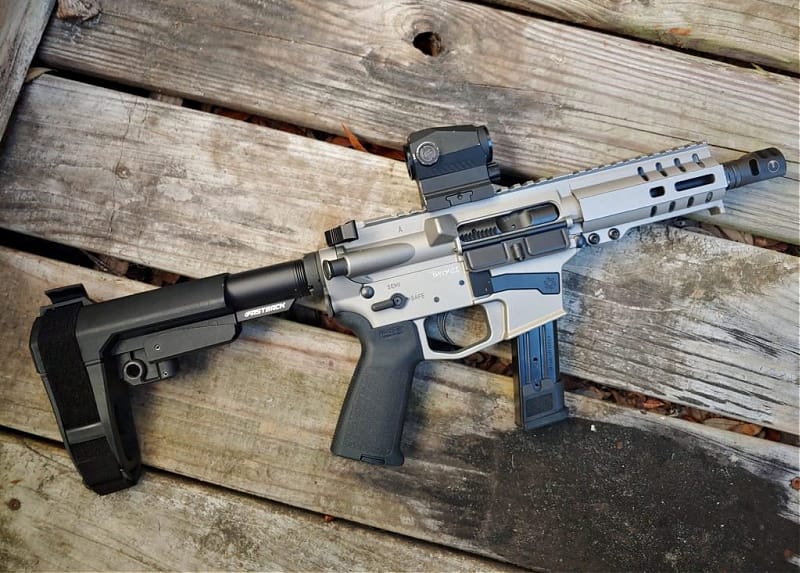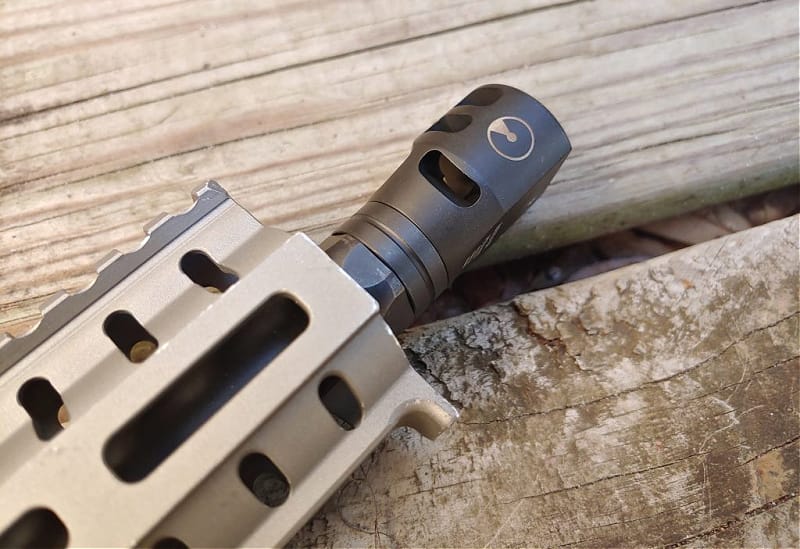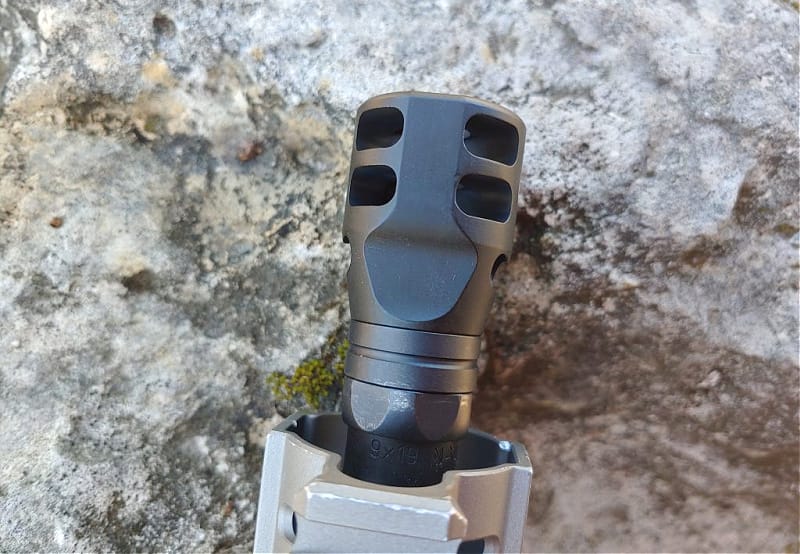Colion Noir: One Gun Everyone Should Own
When Colion Noir says that there is a gun that everyone should own, that statement tends to pique my curiosity and catch my attention. As he says in the intro to the video, it is click bait. And rightfully so. He makes no apologies, and does not need to. If you join us in watching along, you’ll see why.
Colion is great at adding humor to his videos, and I always enjoy listening for his funny anecdotes and exaggerations, they’re often very witty. Additionally, he’s well spoken and draws my attention to what he’s saying. The camera work is also top notch. Aside from all of that, he’s very knowledgeable about weapons and is candid with his reviews in a way that makes the viewer feel as if he’s talking just to us.
Why does Colion think everyone should own a 22/45? Because it’s a .22 Long Rifle (.22LR). As he says, he could “End the video right there.” I concur that every shooter should own at least one .22LR firearm in his or her collection.
Another reason, is that it shoots like a “pussycat”, but is still very much lethal. He likes the fact that the .22 shoots as softly as a paintball or airsoft gun, but is still lethal. At this point in the video, he adds an image of a pussy cat to illustrate his point.

Also, 22LR is generally cheap and easy to find, except, “When the country is dealing with one of the worst ammo shortages in the history of man.”

Colion points out that, in an age where almost every pistol looks like a Glock, the Mark IV 22/45 Lite looks more like something we’d see on the set of The Mandalorian. He loves the color combo of the 22/45 that he was using for the video; black and gold! The perfect balance of it, according to Colion. He describes the pistol as “futuristically retro,” and that it is refreshing for those people who have “Glock Fatigue”, i.e., those who are tired of plain-looking, all-black pistols.
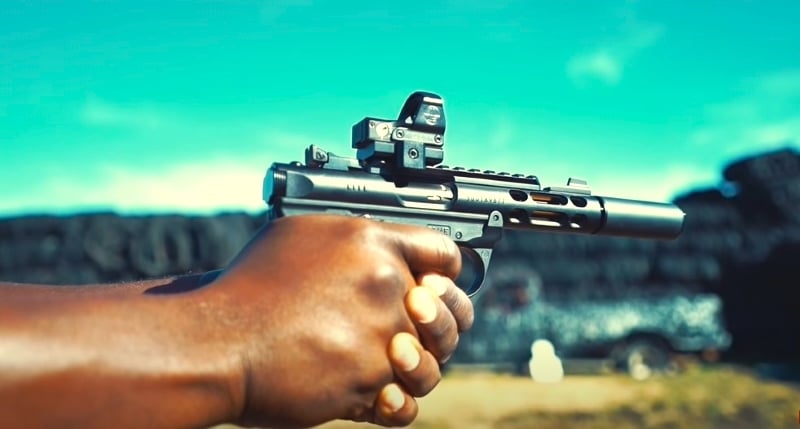
Note that Colion is reviewing the 22/45 Lite version of the Ruger in this video.
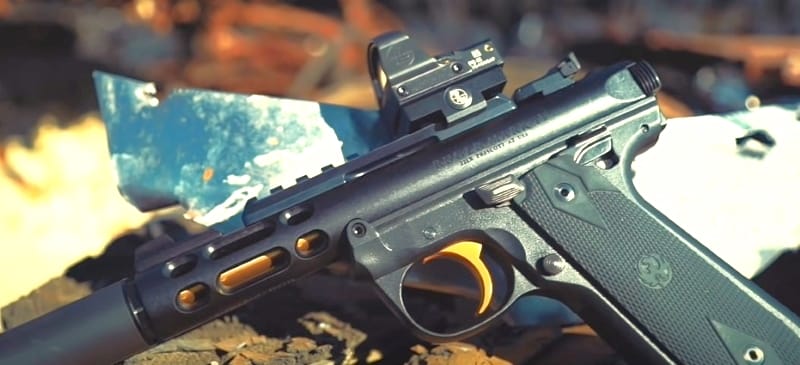
It has a fixed front sight with an adjustable rear iron sight. That said, Colion elected to mount a red dot sight (a Leupold Delta Point Pro) on the Picatinny Rail that the pistol comes equipped with. He states that shooting a red-dot-equipped handgun is fun!
The threaded barrel allows you to put a suppressor on the 22/45, which Colion has done. He mentions that it is the smallest suppressor that he could find, produced by Bowers. He points out that adding a suppressor adds “ten more points to its fun factor.” And from what we see in the video, I’d say he’s spot on. The damn thing just looks like fun! Colion elaborates that, when you suppress a .22, you “start encroaching on paintball and airsoft territory” as far as sound is concerned. Shooting subsonic ammunition certainly makes it quieter.
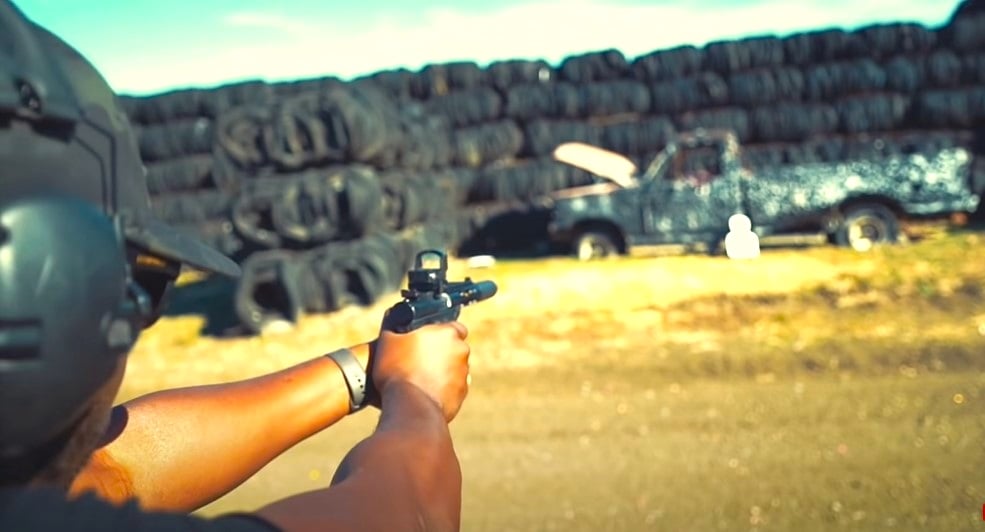
He points out that “knowing that the .22LR is a real bullet, yet shoots as soft as it does, it now being really quiet, puts it in a class of guns that are just fun to shoot.”
The .22LR is a dirty round that will make a firearm filthy very quickly. Colion captures this by explaining, “Add a suppressor to the mix, and the inside of your gun will start looking like the bottom of the feet of a group of girls drunk walking down downtown after the club lets out.” I’ll refrain from adding a photo of such festivities, but will allow the gentle reader to formulate his very own mental images. The suppressor causes additional pressure inside the mechanism, which accounts for the extra crud. Quite simply, gasses that otherwise would have flowed out of the end of the barrel as muzzle flash and noise are captured by said suppressor (or, “Silencer”).
Because of the filth, the pistol will need to be cleaned on a regular basis. Normally, that can be unpleasant, except for the fact that Ruger has added a magical addition to their Mark IV lineup: a takedown button! We no longer “Need a degree in mechanical engineering” to field strip these pistols.

The bolt operates similarly to that of an AR-15, in that it is cylindrical and fits into a circular receiver. Upon takedown, the bolt is merely withdrawn from the receiver as that magical button is pushed. That’s it, you just field-stripped the pistol! It literally takes longer to read this than to field strip it.
Because the bolt is cylindrical and contained within the receiver, the cocking mechanism is different than almost every other pistol on the market, in that it is cocked using a set of “ears” at the rear of the receiver. It’s different than most of us are used to, but it works.
Another aspect of the pistol is that there is no slide to move back and forth during firing, so there is less mass moving, which contributes to the soft shooting nature of this pistol.
Colion points out one of the advantages of the Ruger Mark IV 22/45 Lite. When he went to the range, he was stressed out and suffering from allergies, and generally not in a great mood. The more he shot, the more he forgot about the things that were bothering him. The little .22 just takes our mind off the nasties and allows us to have a bit of fun in a world that has shown us it’s dour side of late. I will interject here and agree wholeheartedly with him; I own a Mark IV 22/45, and shooting it truly does put me in a better mood! There is no denying it.

Colion’s opinion (shared by millions of others) is that the 1911 is one of the most ergonomic handguns on the planet, and in turn, the 22/45 is one of the most ergonomic handguns on the planet because the grip and the grip angle are very much like a 1911. He mentions that sometimes, “less is more, and here, less is a lot more.” Despite the lack of recoil from the .22, the ergonomics of the grip still stand out to Colion. Not only is the grip similar to a 1911, but so are the other controls, i.e., the safety and slide release.
His opinion of the trigger is that it’s not the “best in the world, but it’s really good because it is so predictable. Sometimes, light triggers can surprise you, and overly heavy, gritty triggers are just a pain. The trigger on a Mark IV has a smooth takeup and the pressure required to break the shot requires a deliberate press and it breaks clean. The reset is just like the takeup and break; predictable. Not too light, and not too strong. We’re talking Goldi-Locks type trigger.” I’d say that assessment is spot on. The Mark IV’s trigger is a cut above most others on the market, and Ruger really got this aspect of the pistol dialed in.

Colion declares, “There’s no way your mood doesn’t improve while you’re shooting the Mark IV, especially when it’s suppressed and has a red dot on it…it’s the way the Mark IV makes you happy. It sneaks up on you; one minute you’re plinking away and the next you’re grinning from ear to ear because the gun feels so great in your hands. The trigger pull is smooth and predictable, the suppressor mitigates all the concussion and noise so you can clearly hear the bullets career against the steel targets and it’s low recoil, coupled with the red dot, just make it feel like you’re playing a first-person shooter with ‘auto-aim’.”
Yep, he is spot on with that assessment. Compared to other pistols, they are inexpensive to shoot and the characteristics of the pistol make it a real joy to experience.
I recommend this video highly, even if you don’t think that you’re interested in this .22 LR pistol, because you most likely are interested in it…you just don’t realize it yet. Check the video out and prove me wrong.

